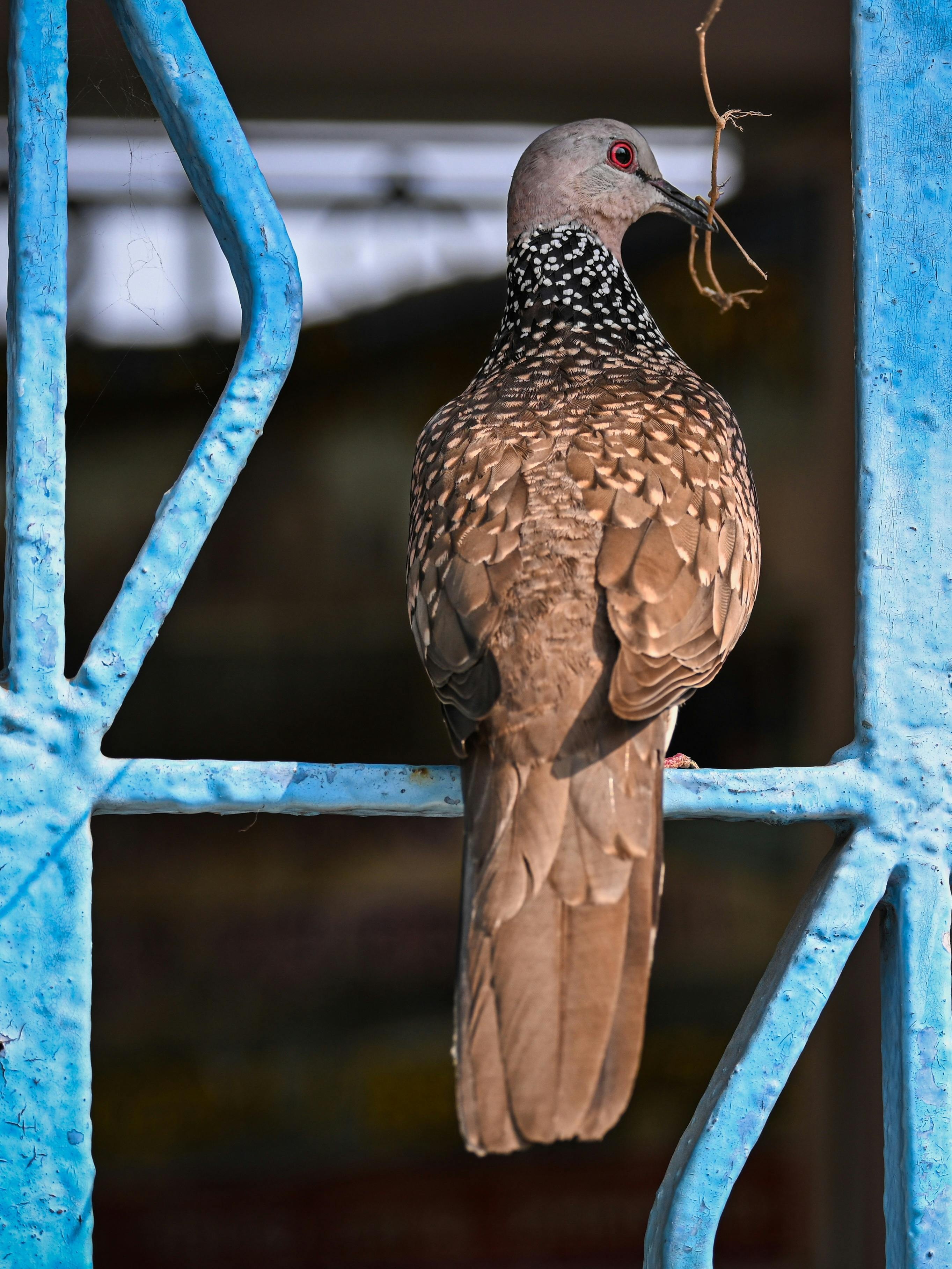
Folklore and superstitions around death are found everywhere in the world. Some people follow them closely, others see them as old customs, but they all tell us something about how communities deal with loss. The UK has its own long history of funeral folklore but with so many cultures living here today a mix of traditions is sometimes observed. Whether or not you believe in them, these stories and habits shape how people mourn and remember.
Days and timing
In many parts of Britain people once thought it unlucky to open a grave on a Monday. In other places Friday was the day to avoid. The fear was that it would bring more deaths that week.
In some Hindu families the day matters too. The funeral is often held as quickly as possible after death, ideally the next morning, as delay is believed to disturb the soul’s journey. In Jewish practice burials are also carried out quickly and there are rules about which days are suitable. These customs are less about luck and more about respect but they show how timing has long been seen as important.
Signs in the home
When people died at home in Britain, families often drew the curtains, stopped the clocks and covered mirrors. It was thought the spirit might become trapped if a mirror was left uncovered. Windows were opened to let the soul leave in peace.
Other cultures have similar ideas. In some Chinese households mirrors are covered for forty nine days after a death to stop the spirit lingering. In parts of the Caribbean it is common to tie red cloth to the house or cover water jars to keep spirits away. These practices may differ in detail but they all reflect the same care to protect the living while honouring the dead.
Birds and animals
In old English folklore a bird tapping on the window or flying into a house was a sign of death. Owls were seen as warnings and crows were linked to mourning. On the other hand doves symbolised peace and safe passage.
In Irish tradition the banshee is said to appear as a wailing woman or sometimes as a bird. In some African cultures owls are feared as messengers of death too. Animals often feature in funeral lore across the world, showing how closely people have always watched nature for signs.
The procession
British gravediggers avoided passing tools hand to hand as it was thought to spread misfortune. Funeral processions were not supposed to turn back once they had started. If the route was crossed by a dog it was taken as a bad sign.
In West African and Caribbean traditions funerals can involve lively processions with music and dance to guide the spirit on. The form is different but the belief in the importance of the journey remains. How the body is carried and how the path is taken often matters as much as what is said.
Clothes and colours
Black is the most common colour of mourning in the UK and many families still wear it. The superstition was that dark clothing helped you blend in and kept spirits from following you home. Some people once thought it unlucky to wear new clothes to a funeral in case they were soon needed again.
Other cultures use very different colours. In China and much of East Asia white is the colour of mourning. In South Africa red can be worn to link with ancestral protection. In parts of India widows traditionally wear plain white or uncoloured fabric. The message is the same across cultures. Colour shows respect and marks the space between everyday life and mourning.
Numbers and patterns
British superstitions often focused on numbers. Thirteen people at a funeral meal was feared as a bad omen. The wrong number of church bell tolls could be taken as a warning of another death.
In Chinese culture the number four is unlucky because it sounds like the word for death. In contrast the number eight is lucky because it sounds like prosperity. Numbers can carry weight across many communities and they often influence choices about funerals and memorials.
Why these beliefs matter
Superstitions may sound strange at first but they give people a way to cope. They turn grief into actions that can be followed. They offer comfort when life feels uncertain. Whether it is covering a mirror in Yorkshire, tying red cloth in Trinidad, or wearing white in Mumbai the purpose is the same. These are ways of showing respect to the dead and safety for the living.
Making your own choices
Today funerals in the UK are diverse. Some people want a simple modern ceremony. Others blend traditions from more than one culture. You may find that small rituals matter to your family even if no one can explain exactly why. They may feel like superstition but they also connect generations.
If you are setting down your funeral wishes you can choose to include customs that mean something to you. You may want a certain colour of flowers or a special item placed in the coffin. You may want to be clear that you do not want certain practices followed. Writing it down removes doubt and helps those left behind.
The Farewell Guide lets you record your wishes and make them available when needed. You can also use it to find a funeral director who understands your cultural needs and respects your choices. Superstitions remind us that funerals are about more than arrangements. They are about meaning memory and care. By noting what matters to you now you make it easier for your family later.
Further reading
Ancient Traditions of Remembering Loved Ones at Halloween
Planning A Jewish Funeral: Traditions & Customs You Should Know About
What is the Difference Between a Funeral and a Celebration of Life?